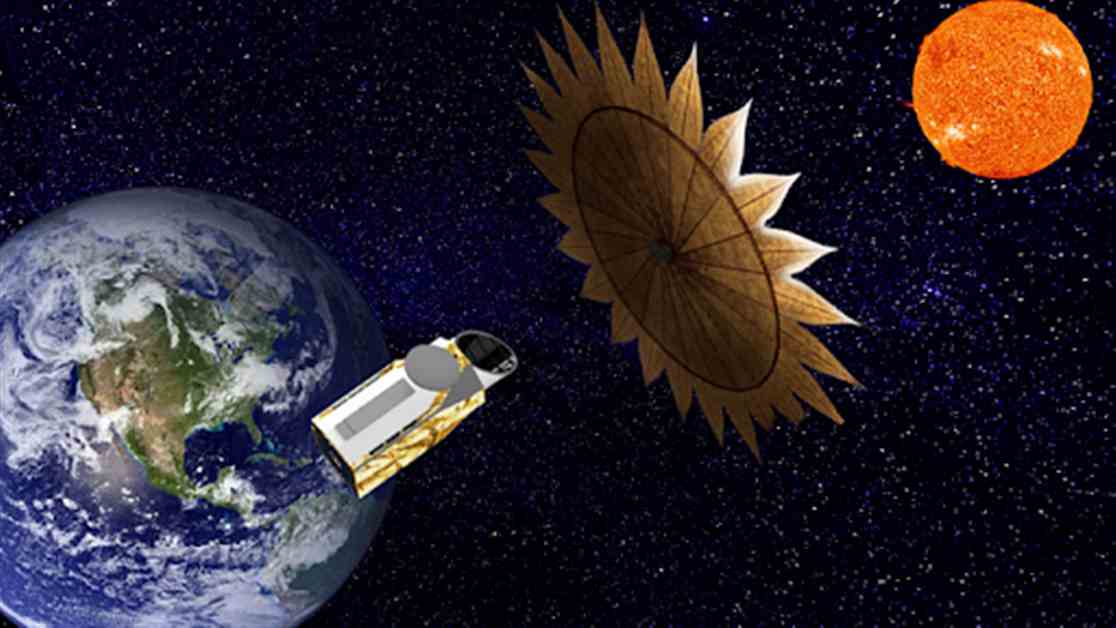NASA is funding the development of new technologies for the Habitable Worlds Observatory, a mission aimed at searching for signs of life on planets outside of our solar system. The observatory will use advanced infrared/optical/ultraviolet technology to directly image potentially habitable exoplanets and analyze their atmospheres for chemical signatures of life.
One key technology needed for the mission is a more capable coronagraph, which blocks out light from stars to allow for clear imaging of their planets. The observatory will also require an extremely stable optical system to prevent any movement that could blur images of the distant exoplanets.
NASA recently awarded three proposals a total of $17.5 million to help develop these crucial technologies, building on expertise from previous space telescopes like the James Webb Space Telescope. Mark Clampin, director of the Astrophysics Division at NASA Headquarters, emphasized the importance of bringing together expertise from various sectors to make the ambitious mission a reality.
The Habitable Worlds Observatory aims to directly image 25 potentially habitable exoplanets around stars similar to our sun and study their atmospheres for signs of life. By using spectrographic analysis, researchers hope to detect chemical components associated with living organisms.
These advancements in technology are essential for the success of the mission, as the observatory will be targeting small, distant exoplanets where any deviation in observation could compromise scientific results. The ultimate goal is to expand our understanding of the universe and potentially discover new forms of life beyond Earth.
In conclusion, NASA’s investment in the development of new technologies for the Habitable Worlds Observatory represents a significant step forward in the search for extraterrestrial life. By leveraging expertise from various sectors and building on past successes, the mission aims to bring us closer to answering the age-old question of whether we are alone in the universe.



